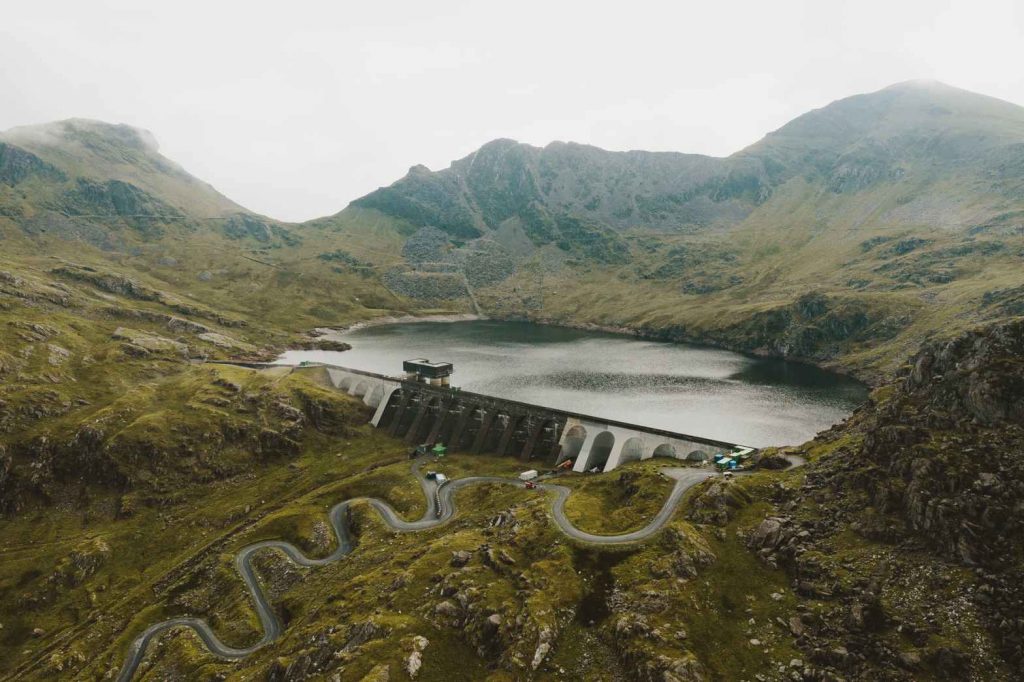Turning a crisis into an opportunity: Crippling effects of increased level of carbon dioxide and global temperature on hydroelectric power plants in tropics and subtropics regions
ø

Photo by Quang Nguyen Vinh
Written by Zeng Han Jun
A recent survey showed that there is a slight shift in people’s interest in favor of renewable energy. According to this survey, governments should consider exerting more influence in raising environmental consciousness and bridging the gap between people’s desires and realistic energy alternatives (Zhang, Abbas,Iqbal, 2021). Popular renewable and clean energy options include hydroelectric, geothermal energy, wind energy, solar energy, etc.
By bridging the gap between people’s desires and realistic energy alternatives, the government could realise people’s expectation and also reduce the burden on our environmental ecosystem, but it is also important to note that operationalising, has its fair share of challenges. For example, in the United States, there is general consensus among some people that harnessing wind energy could be one of the solutions to alleviating the energy challenge. Among those who agreed, some have the Not-In-My-Backyard (NIMBY) mindset and do not want any of those power plants near their homes.
Some cited personal health issues and environmental degradation, while others say that the construction will destroy the view from their houses and devalue the properties in the vicinity. All these concerns stand in the way of implementation and of course, I have to agree that these are indeed issues that should be addressed accordingly and dealt with properly.
In the tropics and subtropics regions, we could be witnessing other increasingly challenging issues stemming from global temperature and carbon dioxide increase, its effect on the natural ecosystem and this might possibly disrupt the operations of hydroelectric power plants.
Let me explain why.
As the global temperature and carbon dioxide increase, we might discover that it becomes more difficult to maintain biological control on the proliferation of aquatic weeds in many parts of the world (Baso, Coetzee, Ripley, Hill, 2021), more so in the tropics and subtropics. The tropics and subtropics region are located in parts of the world in which the sun is directly overhead at least one day of the year and is found within a band on either side of the equator from 23.5°N, and 23.5°S. These aquatic weeds can grow rapidly to cover the entire surface of lakes and rivers, some even setting deep roots and form strong lateral connections to each other as well.
As mentioned earlier, these growing aquatic weeds might cause operational difficulties for hydroelectric power plants. It could lead to reduced throughput and eventually cause severe blockages. Hydroelectric power plants that are situated in Southeast Asia, would be at the greatest risk. Southeast Asian governments must anticipate these types of obvious problems and develop an integrated and multi-phased roadmap to tackle the upcoming challenges.
So, do not naively assume all types of green are good. Some types of green when left unchecked, can contribute to severe environmental and commercial consequences.
One of the problematic aquatic weeds is the water hyacinth species. This species grows very fast and some even flower under the right conditions. Many in fact think that it is very beautiful. It has a rapid growth rate in warm temperatures (Mitan, 2019) and can potentially cover the entire lake if left unchecked. This prevents sunlight from reaching the bottom of the lake and disrupts the lake ecosystem. In other parts of the world, local communities have tried to use pesticides to control aquatic weeds. Some tried to introduce insects such as weevils to feed on the water hyacinth to slow its growth but such methods also have its consequences.
Apart from meeting the issue head on, central and local governments could also try to mitigate the risk by transforming/ retrofitting the affected hydroelectric power plants to harness other forms of renewable and clean energy. It is more cost-effective to install alternative renewable energy devices on infrastructures that can already receive, store, transform and transmit electricity.
Also, it is worthwhile to explore tapping on the creativity of the private sector to transform the issue into revenue-generating ideas such as collecting aquatic weeds, processing it and mixing the by-products with polymers to create fabrics that can be used for weaving garments thereby paving way for sustainable fashion. Or, the aquatic weeds could be harvested, processed and strengthened with chemicals to produce furniture thereby giving birth to sustainable furniture. Additionally, the private sector could also explore processing the aquatic weeds into edible food for humans, animal feeds and fertilisers, and export the final products to other countries (Oa, & Cf, 2015).
By including additional later stages such as breaking down these final products with pyro technology then harvesting the by-product as fertilisers (Ramirez, Pérez, Flórez, Acelas, 2021), the government, with the help of the private sector would be able to close the loop and further develop the entire idea into a circular economy. This can help to create new jobs, improve the economy and certainly goes well with the media.
There are many ways to tackle the issue. The main enabler is to have a properly designed, integrated and multi-phased roadmap to guide the entire transition.
References
Baso, N. C., Coetzee, J. A., Ripley, B. S., & Hill, M. P. (2021). The effects of elevated atmospheric CO2 concentration on the biological control of invasive aquatic weeds. Aquatic Botany, 170, 103348. doi:10.1016/j.aquabot.2020.103348
Oa, S., & Cf, O. (2015). Utilization of Treated Duckweed Meal (Lemna pausicostata) as Plant Protein Supplement in African Mud Catfish (Clarias gariepinus) Juvenile Diets. Fisheries and Aquaculture Journal, 06(04). doi:10.4172/2150-3508.1000141
Ramirez, A., Pérez, S., Flórez, E., & Acelas, N. (2021). Utilization of water hyacinth (Eichhornia crassipes) rejects as phosphate-rich fertilizer. Journal of Environmental Chemical Engineering, 9(1), 104776. doi:10.1016/j.jece.2020.104776
Zhang, Y., Abbas, M., & Iqbal, W. (2021). Perceptions of GHG emissions and renewable energy sources in Europe, Australia and the USA. Environmental Science and Pollution Research. doi:10.1007/s11356-021-15935-7



